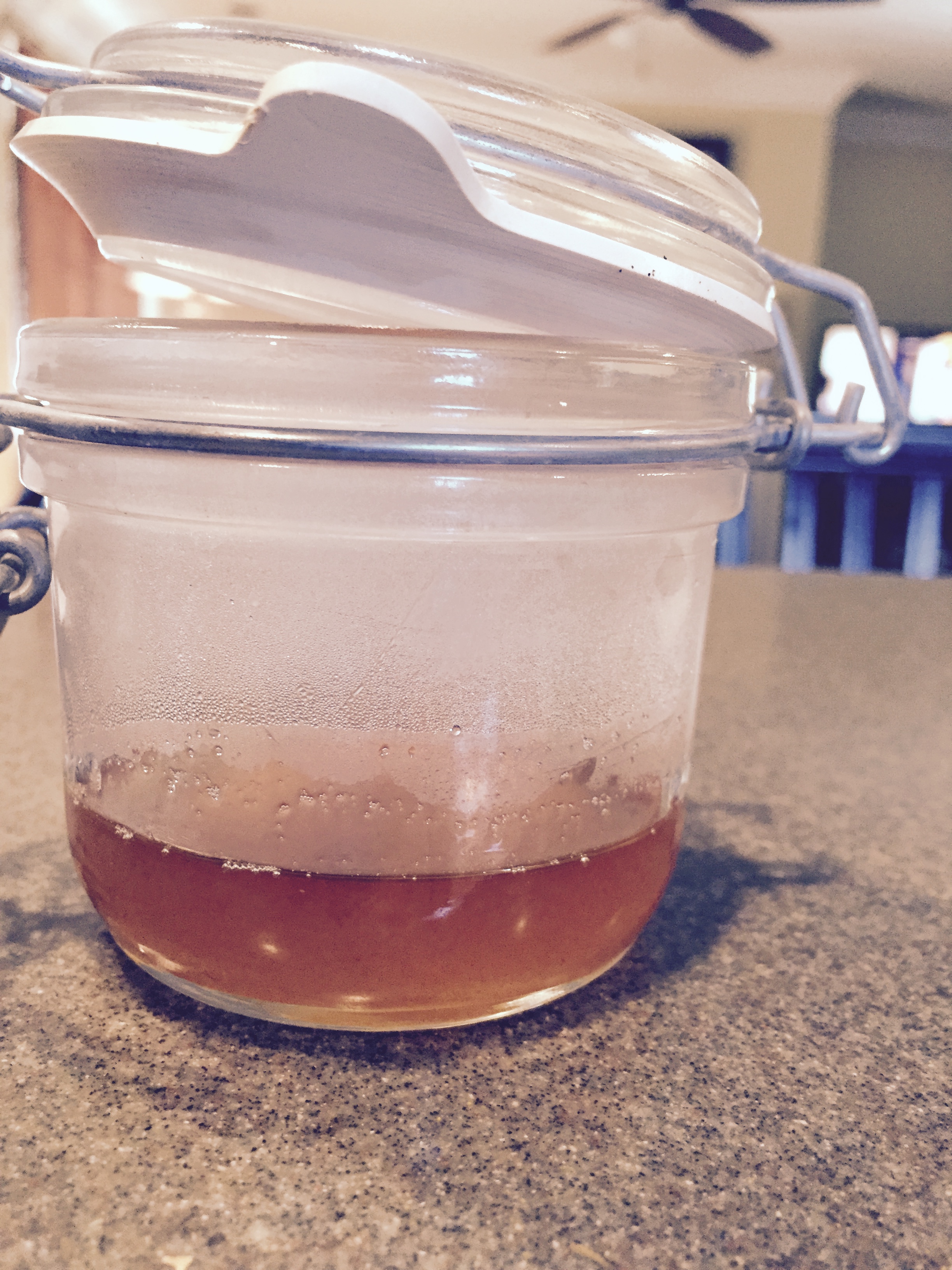Did you know you can tap any species of Maple (Acer) typically the sugar maple is used, but all maples, even in the South can be tapped.
Maples were at one time the dominant source of sugar in the United States. In fact it was almost the only source of sugar with the exception of a limited use of hickories, sycamores, walnuts, and birches. These trees could be tapped for a sugary sap but the sugar content was very low. All species of maple can be tapped. The sugar content in maple sap is almost the same in all of the maples except for the sugar maple, Acer saccarum, which has a slightly higher sugar content. Maples can be tapped from January through April. You tap the maple on when you have very cold nights and days that warm up to above freezing. The sap is obtained by drilling a hole in the tree, usually half a inch to one inch in diameter, and inserting a spike of some sort into the hole. Maple sap will then begin to drip through the spike and can be collected in containers hanging from the tree. Once the sap is collected you boil it down till it thickens. It takes 30 to 40 gallons of sap to make one gallon of syrup. It can be a lot of work but it is a very satisfying experience. Native Americans primarly relied on maple as a source for sugar. It was a difficult process with primitive tools but they were able to gather fairly large quanities of syrup and sugar. It was espcially difficult to boil the sap down because of the inadequate containers. They would boil the sap by immersing hot stones into hide or bark containers filled with sap. In the northern regions a average village would have 900 taps in trees (Elias and Dykeman 1982: 24). Several hundred pounds of sugar could be optained in this way. Sugaring was very widespread and most tribes considering sugaring to be a great social event which involved the whole family.
